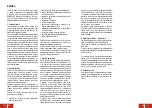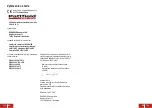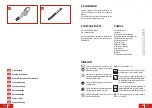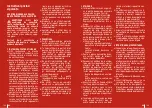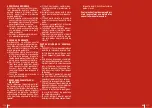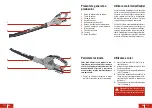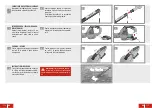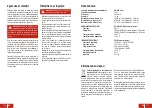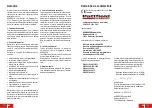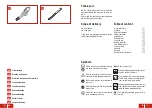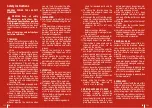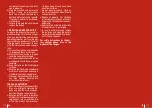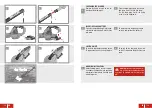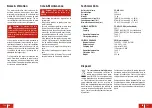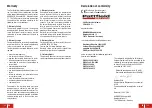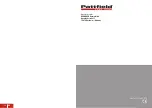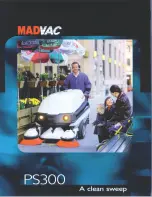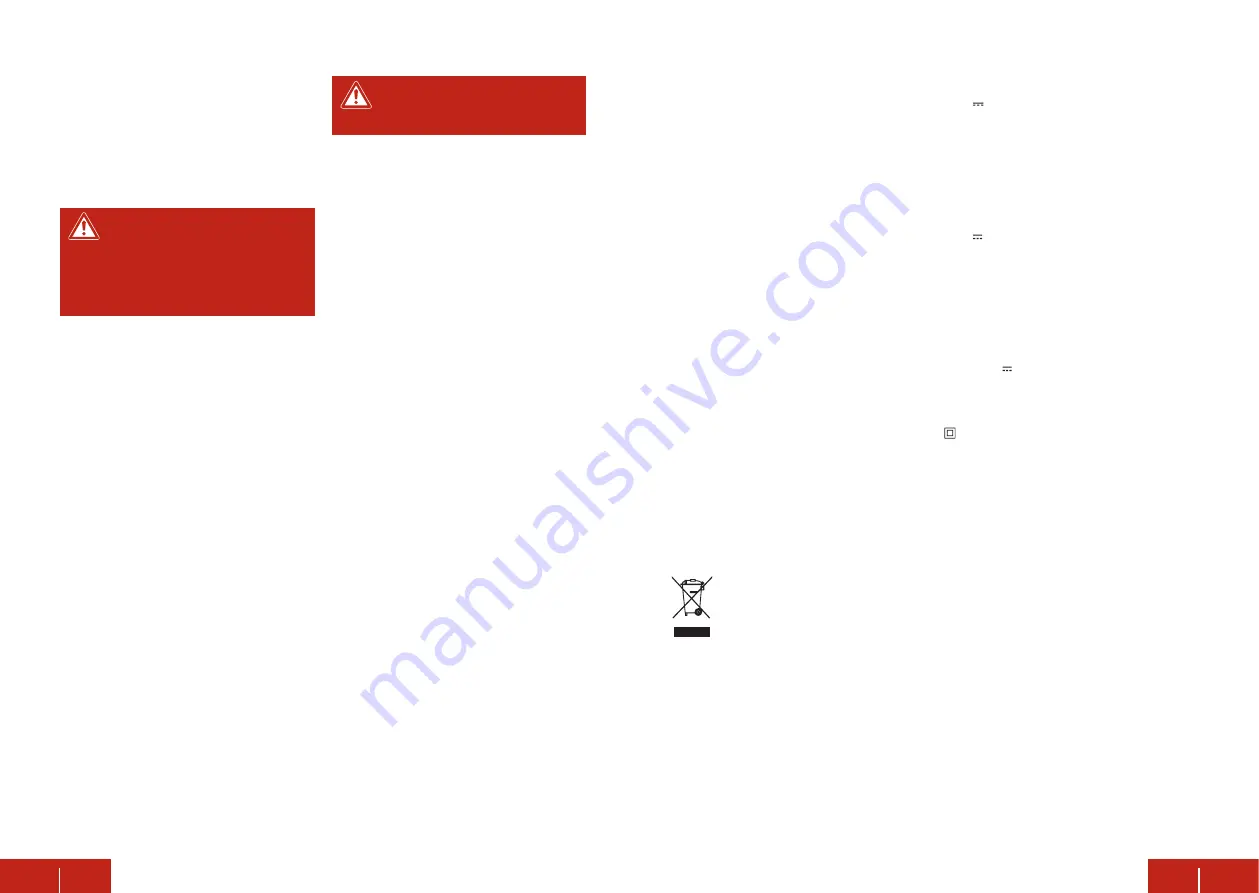
EN
130
EN
131
Noise & Vibration
The declared vibration total value and the
declared noise emission values have been
measured in accordance with a standard test
method (EN 50636-2-100) and may be used
for comparing one tool with another. The de-
clared vibration total value may also be used
in a preliminary assessment of exposure.
Caution!
The vibration and noise
emission during actual use of the pow-
er tool can differ from the declared total value
depending on the ways in which the tool is
used, in particular, what kind of work piece is
machined.
It is necessary to identify safety measures to
protect the operator that are based on an es-
timation of exposure in the actual conditions
of use (taking account of all parts of the op-
erating cycle such as the times when the tool
is switched off and when it is running idle in
addition to the trigger time)
Try to minimize the impact of vibration and
noise. Exemplary measures to reduce vibra-
tion exposure include wearing gloves while
using the tool, limiting working time, and using
accessories in good condition.
Care & Maintenance
Caution!
Make sure the tool is
switched off and the battery is re-
moved.
- Always keep the tool clean, dry and free of
oil or grease.
- Wear safety glasses to protect your eyes
whilst cleaning.
- For safe and proper working, always keep
the machine and ventilation slots clean.
- Regularly check to see if any dust or foreign
matter has entered the grills near the mo-
tor and around the on/off switch. Use a soft
brush to remove any accumulated dust.
- If the body of the tool needs cleaning, wipe
it with a soft damp cloth. A mild detergent
can be used but nothing like alcohol, petrol
or other cleaning agent.
- Never use caustic agents to clean plastic
parts.
- Lubricate all moving parts at regular inter-
vals.
- Periodically check all fixings. These could
become loose with time due to vibration.
Disposal
The
crossed-out wheeled bin
logo
requires the separate collection of
waste electric and electronic equip-
ment (WEEE). Such equipment may
contain dangerous and hazardous substanc-
es. These tools must be returned to a desig-
nated collection point for the recycling of
WEEE and must
not
be disposed as unsorted
municipal waste. By doing so, you will help to
conserve resources and protect the environ-
ment. Contact your local authorities for more
information.
Children must not play with plastic bags and
packaging material, due to possible injury or
danger of suffocation. Store such material
safely or dispose of environmentally friendly.
Remove battery before disposal of the unit.
Used batteries must be disposed of properly.
Battery selling stores and municipal collection
points offer special containers for battery dis-
posal.
Technical Data
Battery leaf blower
PE-ALB 20 Li
Rated voltage
20 V
Air speed
200 km/h
Weight
1.3 kg
Sound pressure level (L
pA
)
79 dB(A) / Uncertainty K = 3 dB(A)
Sound power level (L
WA
)
91 dB(A) / Uncertainty K = 3 dB(A)
Max. vibration emission (a
hw
)
2.5 m/s
2
/ Uncertainty K = 1.5 m/s
2
SUITABLE BATTERIES
PE-AK2, PE-AK4 (not included)
Voltage
20 V
Capacity
PE-AK2 (6801240): 2.0 Ah Li-ion battery
PE-AK4 (6801241): 4.0 Ah Li-ion battery
Operating temperature
10-40 °C
Storage temperature
10-25 °C
SUITABLE CHARGER
PE1H (not included)
Nominal voltage
100-240 V ~ 50/60 Hz, 78 W
Output voltage
14.4-20 V 3.0 A
Charging time
60 min for PE-AK2
120 min for PE-AK4
Operation temperature
10-40 °C
Protection Class
/ II
Weight
0.25 kg

